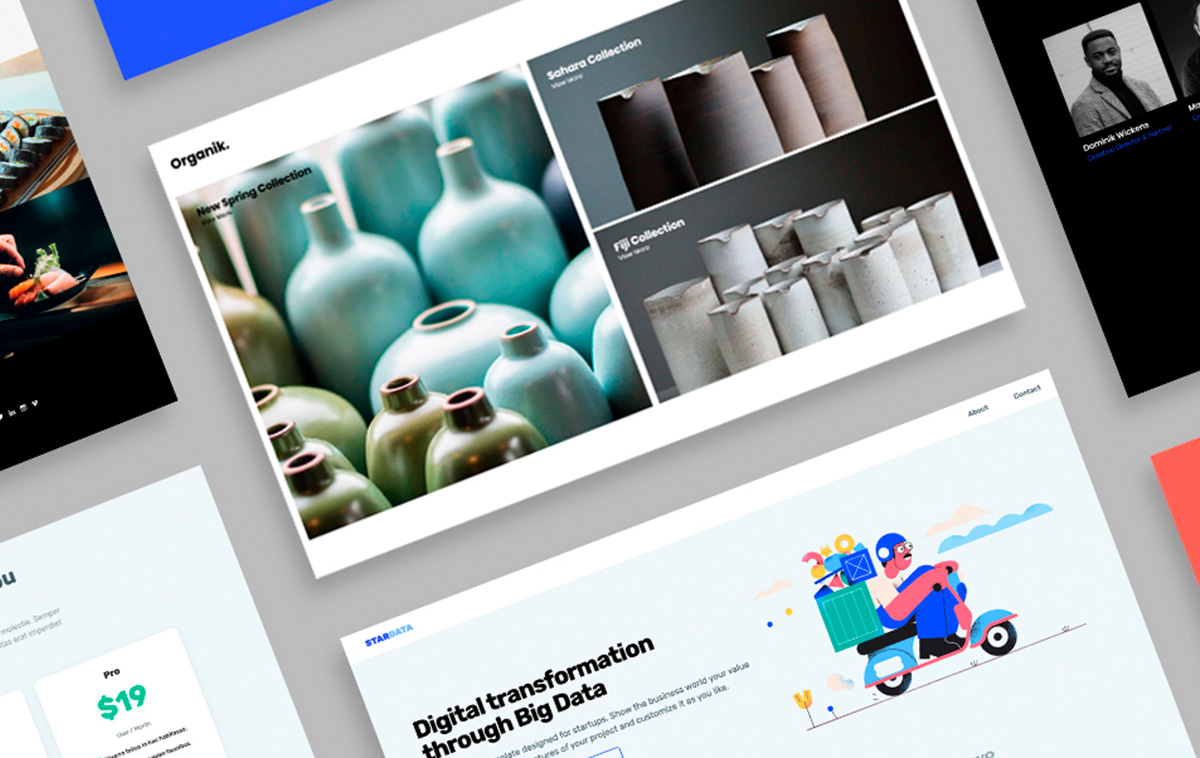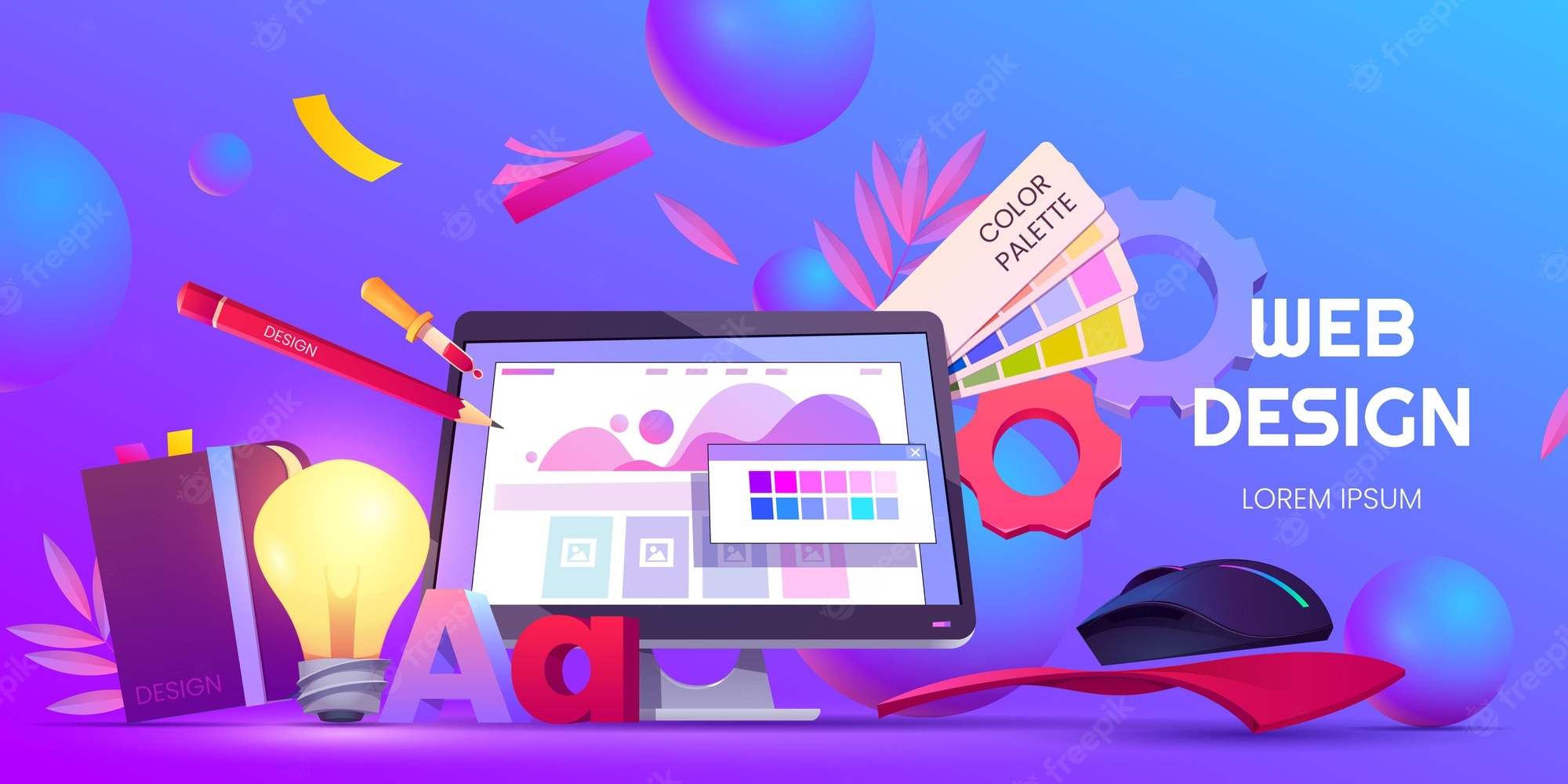Aligned Position Web Design: Boost Your Brand’s Visibility with a Stunning Website
Aligned Position Web Design: Boost Your Brand’s Visibility with a Stunning Website
Blog Article
The Most Effective Sorts Of Website Design to Boost Individual Experience and Involvement
In the ever-evolving landscape of electronic communication, the efficiency of Web layout significantly affects individual experience and involvement. Various layout techniques, such as minimal, receptive, and interactive formats, each deal one-of-a-kind benefits that can provide to varied user needs.
Minimalist Website Design
As digital landscapes become progressively chaotic, minimal Web style has become a powerful technique to improving individual experience. This design viewpoint prioritizes simplicity, focusing on vital aspects while getting rid of unnecessary interruptions. By making use of adequate white room, simple navigation, and a restricted color palette, minimal design cultivates clearness and directs customer focus to vital content.
The core concept of minimal website design is to develop a seamless interaction for individuals. By decreasing cognitive load, customers can swiftly grasp information without really feeling overwhelmed. This direct strategy not only improves use however also urges interaction, as site visitors are more probable to discover a site that is aesthetically attractive and simple to browse.
Furthermore, minimal layout often stresses typography and imagery, making use of these aspects purposefully to share messages successfully. This concentrate on necessary components can boost brand identification and develop an unforgettable customer experience. Basically, minimal Web layout is not just a fad; it is a thoughtful approach that identifies the importance of user-centered style. By removing nonessential components, designers can produce an extra engaging, effective, and satisfying Web experience for all users.
Receptive Web Layout
In today's diverse digital environment, responsive website design has actually come to be important for producing a smooth customer experience across a multitude of devices. As individuals gain access to websites on smartphones, laptops, tablet computers, and desktop computers, the capacity of a web site to adjust its design and material to different screen dimensions and resolutions is essential.
Receptive website design uses adaptable grids, photos, and CSS media questions to ensure that Web material is provided efficiently, no matter the gadget made use of. This technique not only boosts the aesthetic charm of an internet site yet additionally significantly boosts use. Individuals are much more likely to involve with a site that provides a consistent experience, as it removes the stress of needing to zoom in or scroll exceedingly.
By adopting receptive design, organizations can improve their presence and get to a wider target market. In recap, responsive Web layout is an essential technique that enhances customer experience, interaction, and total satisfaction.
Interactive Website Design
Receptive Web design lays the foundation for boosting user experience, however interactive website design takes this an action further by engaging individuals in an extra vibrant way - Aligned Position Web Design. By incorporating aspects such as computer animations, clickable models, and real-time feedback, interactive website design astounds individuals, drawing them right into a richer browsing experience
This technique not only fosters interaction but also motivates users to check out material proactively instead of passively eating it. Techniques such as gamification, where users make benefits for finishing jobs, can significantly improve the time invested in a site and enhance general fulfillment. In addition, interactive attributes can streamline intricate details, making it a lot more delightful and digestible.

Integrating interactive layout components can likewise result in higher conversion rates, as customers are important link more probable to involve with a site that actively includes them. Aligned Position Web Design. Inevitably, interactive website design transforms customer experiences right into memorable trips, ensuring that site visitors return time and once again
Apartment Design
Characterized by its minimalistic method, level design emphasizes simplicity and performance, stripping away unnecessary aspects and concentrating on essential attributes. This style philosophy prioritizes usability, guaranteeing that users can navigate interfaces easily and efficiency. By employing a clean aesthetic, flat layout eliminates the mess often found in more luxuriant designs, therefore boosting customer concentrate on material and performance.
The trademark of flat design hinges on its use vibrant shades, easy typography, and geometric shapes. These elements add to a visually attractive interface that is both friendly and contemporary. Additionally, level design fosters a sense of clarity, permitting customers to recognize essential activities and information without interruption.
Furthermore, flat layout is particularly efficient in receptive Web layout, as its simplicity converts well across different tools and screen dimensions. By focusing on crucial features, level layout not only satisfies individual requirements yet also motivates seamless communication, making it a vital component of reliable Web style approaches.
Adaptive Website Design
Adaptive Web style tailors the customer experience by creating multiple repaired designs customized to various display dimensions and tools. Unlike responsive design, which fluidly adjusts a solitary layout, adaptive design employs distinct layouts for particular breakpoints, ensuring ideal presentation on different systems. This technique permits developers to concentrate on the distinct attributes of each gadget, boosting official statement use by supplying specifically what customers require based upon their context.
Among the primary benefits of flexible website design is its capability to optimize load times and efficiency. By offering customized material and pictures that fit the individual's tool, sites can reduce data usage and boost loading rates. This is especially useful for individuals with slower connections or limited information strategies.

In addition, adaptive style facilitates a much more regulated and consistent branding experience. Because developers develop multiple designs, they can ensure that the visual aspects straighten with the brand's identification across different systems - Aligned Position Web Design. This causes a cohesive individual experience, boosting engagement and advertising customer retention
Conclusion
Minimal layout fosters quality and emphasis, while receptive style guarantees versatility across numerous tools, promoting accessibility. Jointly, these layout comes close to contribute to the creation of straightforward settings that not only improve satisfaction yet likewise drive higher conversion rates, highlighting their vital significance in contemporary Web style techniques.

Minimal layout cultivates clarity and focus, while responsive style guarantees versatility across different gadgets, advertising access. Jointly, these style comes close to add to the production of straightforward settings that not visit the site just boost satisfaction yet also drive higher conversion rates, underscoring their crucial significance in contemporary Web layout strategies.
Report this page